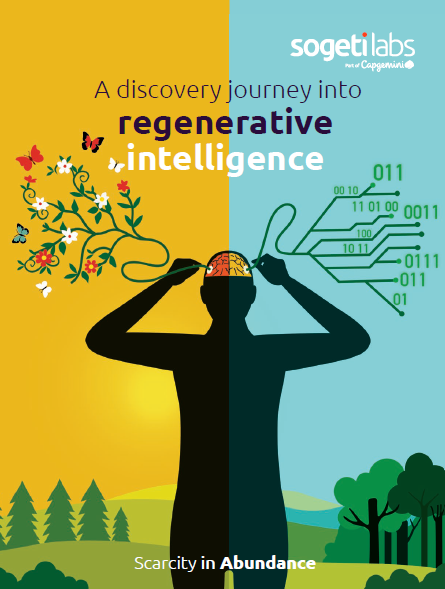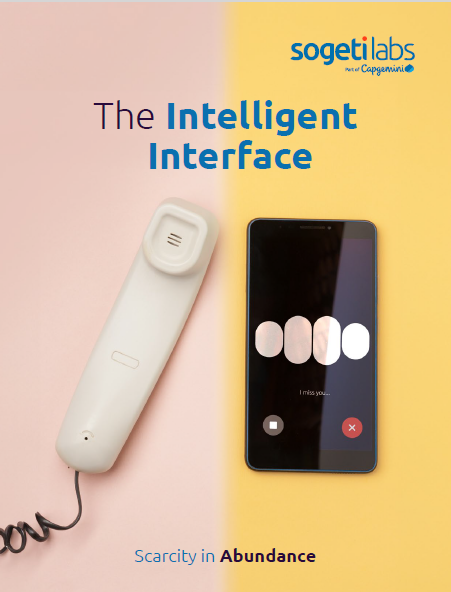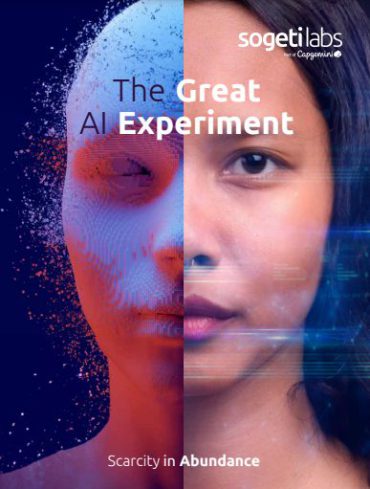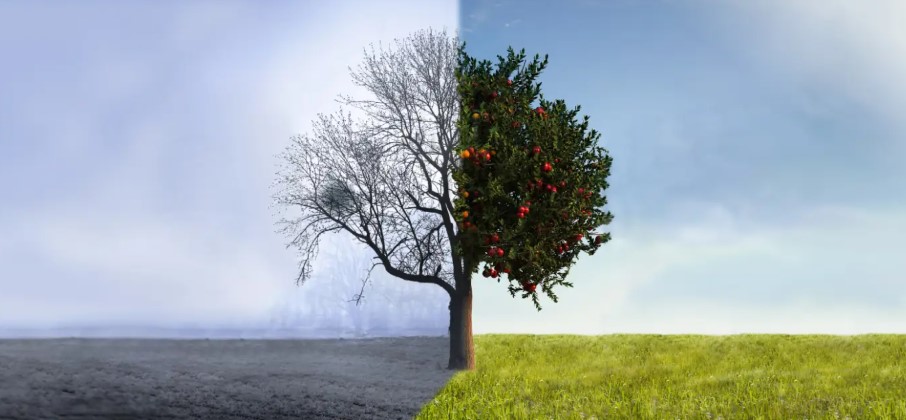A Discovery Journey into Regenerative Intelligence

If you are looking for longer-term footing, this report puts you comfortably in your seat. Feel free to think of a timeframe of 50, 60, possibly even 100 years or more. Let’s take 2125 as a starting point.

 English | EN
English | EN 

